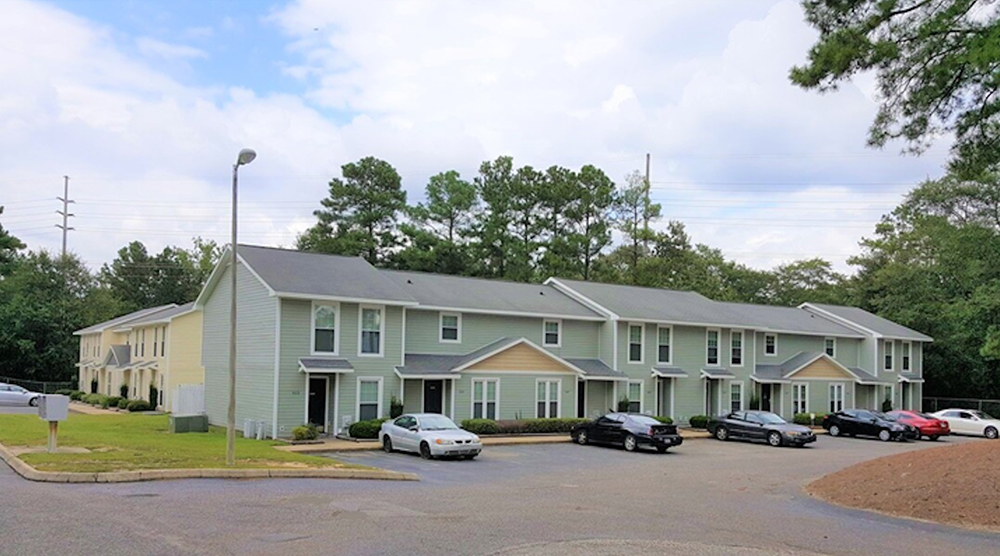News: Financial Digest
Posted: January 9, 2008
Fantini & Gorga release first quarter 2008 lender survey
Fantini & Gorga has just released its first quarter 2008 Lender Survey(www.fantinigorga.com/publications/lendersurvey). What's the news? Overall, markets remained in turmoil during the fourth quarter of 2007, with rising spreads and uncertainty about the future.
Fixed-rate spreads the difference between mortgage rates and treasuries with the same maturity - continued to increase over the fourth quarter. But treasury rates dropped, so that actual mortgage rates rose only modestly, remaining mostly in the 5.80%-6.25% range.
* Spreads on full-leverage loans increased 60-70 bps for office, industrial, and retail; only 35 bps on apartments, still considered the lowest-risk asset class; and 40-50 bps on hotels and self-storage, where spreads had already adjusted upward in the previous quarter.
* The spread increase was slightly less on low LTV loans: 50-60 bps across the board, 35 bps for apartments. The spread difference between full-leverage loans and low LTV loans offered by life companies is only 20-30 bps. In the current risk-averse lending market, we would expect the difference to be greater, but lenders are seeking a minimum spread on any mortgage.
* Conduit pricing is still in flux, but tends to be 40-50 bps higher than rates offered by life companies on full loans, and 50-60 bps higher for low-leverage transactions. The conduits remain relatively uncompetitive, except against banks.
The competitive landscape continues to favor life companies and banks.
* Life companies continue to use their pricing advantage over conduits to cherry-pick the deals they want.
* Conduits remain uncertain about whether, or at what price, their loans can be securitized. While trying to stay "open for business," most are not seeking new loans aggressively.
* Banks can compete successfully against conduits now, but many banks are not seeking fixed-rate business.
Spreads on LIBOR-based loans increased. For construction and bridge loans, spreads widened about 25 bps again this quarter. For more on these loans, see the Fantini & Gorga Pocket Guide (www.fantinigorga.com/publications/pocketguide )
Funding availability has been adequate so far, but the future is uncertain.
* The conduits are expected to have little appetite for new loans during the 1st quarter of 2008. In our survey, some of the conduit lenders reported a high funding availability, but that is not the current reality.
* Most life companies ran out of their 2007 funding allocations in the 4th quarter. It is still unclear whether they will increase funding in 2008 to pick up some of the slack from the conduits.
Stay tuned for more changes when the next survey comes out in the second quarter of 2008!
Tim O'Donnell is manageing director and principal at Fantini & Gorga, Boston, Mass.
Tags:
Financial Digest
MORE FROM Financial Digest
Preservation of Affordable Housing secures $23.5 million in financing from Rockland Trust and Citizens Bank
Cambridge, MA The nonprofit Preservation of Affordable Housing (POAH) has secured $23.5 million in financing from Rockland Trust and Citizens Bank to transform a 150-year-old, underutilized church complex into housing. The project will ultimately create 46 affordable family-sized apartments.

Columns and Thought Leadership

Examples of investors who used Kay Properties for legacy and estate planning purposes for rental property/portfolios - by Dwight Kay
Preserving wealth across multiple generations requires strategic planning, foresight, and the right investment vehicles. Delaware Statutory Trusts (DSTs) offer a powerful solution for families looking to build and protect their financial legacy and to efficiently plan for their estate.

Conn. hospitality market: A technical appraisal perspective on market dynamics and valuation challenges (2019-2025)
The Connecticut hospitality market has demonstrated uneven recovery patterns between 2019 and 2025, with boutique and historic properties achieving $125 RevPAR in 2025, up 8.7% from the 2019 level. Coastal resort properties achieved a $105 RevPAR in 2025, representing 10.5% growth since 2019. Casino corridor properties maintained modest growth with RevPAR improving 4.5% to $92 in 2025.








